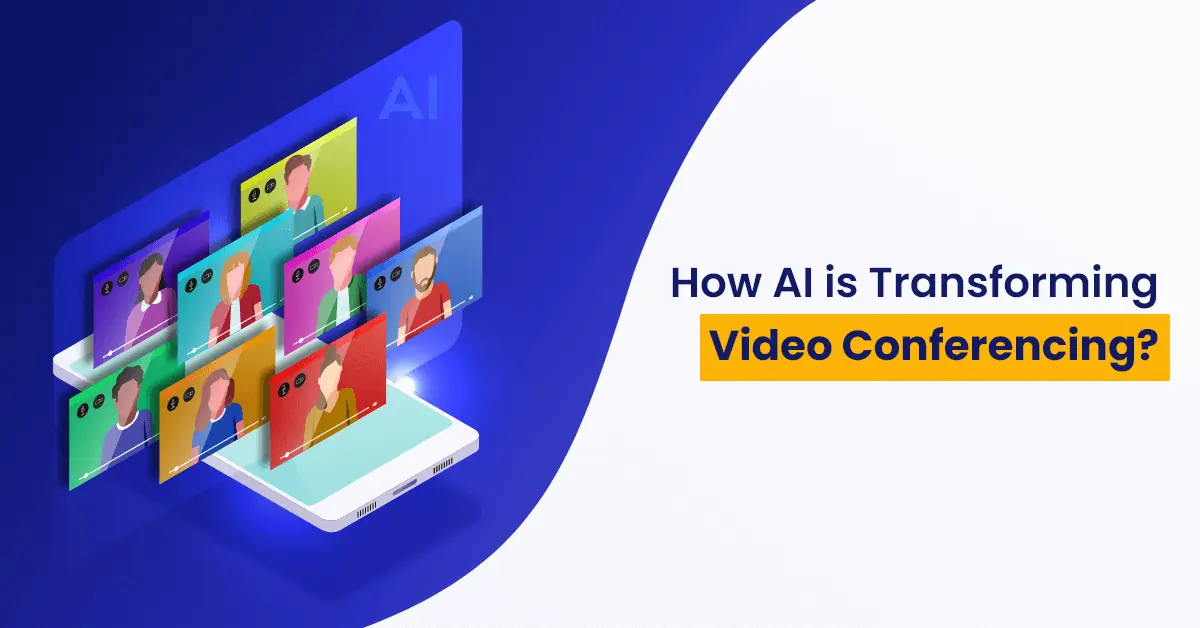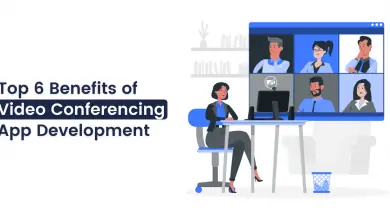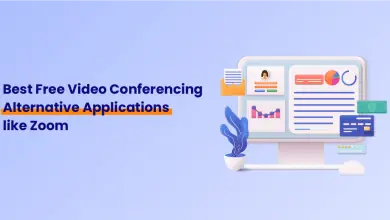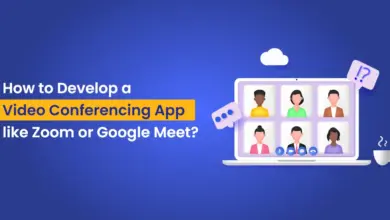How Artificial Intelligence is Transforming Video Conferencing?

What is Video Conferencing?
Today the demand for video conferencing platforms is booming. A recent study shows that the video conferencing market is projected to reach $12 billion by 2027, and is expected to grow at a CAGR of 8.6% from 2020 to 2027. What is exciting is that Artificial Intelligence (AI) will play an important role in video conferencing application development that delivers more natural, flexible, and relevant meeting experiences.
As the world is shutting its doors due to pandemics, video conferencing tools are widely used by businesses, governments, universities, and the public. The days are gone when video conferencing was only used in boardrooms for presentations and meetings, now it has become commonplace for almost everyone. Companies are implementing AI in video conferencing tools to improve meeting experiences and provide smart meeting room systems.
How Artificial Intelligence is Changing Video Conferencing
1. Natural Language Processing (NLP)
National Language Processing is defined as an automatic manipulation of a natural language like speech and text by tools. NLP when integrated in video conferencing will enable more advanced and smart applications. Some of the distinct ways of AI-combined NLP tools are:

- Voice-to-text transcription: Taking meeting notes can be tricky usually when people are talking over each other, going off-topic, or going unheard during a video call. But here is AI and machine learning which can identify speakers and take notes which are easy to read.
- Language translation: AI can translate conversation into distinct languages.
- Report generation: Automatic report generation according to individuals like assigning tasks and sharing action points.
- Voice-based assistants: Virtual assistants to start, join, or leave meetings by using voice command features.
- Volume adjustments: Enhance audio quality by automatically minimizing the background noise when someone is disturbing, auto muting attendees when someone is presenting, and much more.
2. Scheduling Meetings
AI will make scheduling meetings much easier to manage than they are now. AI integrated video conference meetings will allow us to manage meetings efficiently and also automate simple tasks. Some of them are as follows:
- Using online calendars to schedule meetings and send reminders, for a team that is spread over different time zones.
- Automatically rescheduling meetings and sending notifications to everyone.
- AI can suggest minor changes while presenting in a video conference.
- Sending notifications to attendees about changes for a pre-scheduled meeting.
3. Computer Vision
Computer vision is the study of how computers ‘see’ and process digital images and videos to automate tasks that humans can do. In a video conference, computer vision can frame participants and adjust the zoom if needed.
When the number of participants increases in a call or if they move to a different part of the room, the camera control allows them to tilt or zoom to the center and frame participants automatically. Computer vision can also be used to display the part of the board behind the writer when they are explaining something.
AI integrated video calls can make suggestions when the team is running out of ideas or the system can also ask “Would you like me to order pizza?”, by sensing the tenderness level of the team. Tagging participants, auto brightening, video alignment, and intelligent color are some of the more advancements in computer vision. This all can be the future of video conferencing using artificial intelligence.
4. Analytics to Drive Productivity
AI can improve video conference productivity by providing up-to-date analytics. AI can keep track of meeting durations, and how long they run so you can get an idea of what does and does not work for you.
They can suggest what files and documents you may need before entering the meeting, suggest apps, or enable screen sharing within the meeting room. You can even get real-time insights into your meetings. You can even keep track of people who are misbehaving or monopolizing the conversation during a meeting.

To Conclude
As we have seen how artificial intelligence can change the way we have video calls and meetings, video conferencing systems also hold a lot of benefits for businesses such as providing customer support efficiently, allowing businesses to save a lot of money and time by automation, and providing customer satisfaction.
Video conferencing tools will continue to prove themselves useful, engaging, beneficial, problem fixer, and fun at the same time even after the pandemic ends. It is important to note that AI has the power to change the world of video conferencing. It has so much to offer to improve user experience and enhance the productivity of video calls.
We at OneClick are experienced in developing video conferencing platforms, and implementing innovative features using the latest technologies in the market. If you are planning to develop similar AI-based applications, connect with our team today and get your queries solved.





